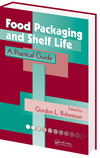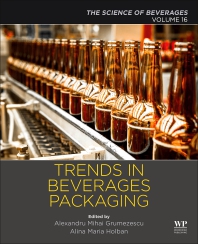Flexible packaging can have a significant role in resource recovery. However, it takes an in-depth view of three factors to understand that role. The factors are:
- The type of flexible packaging material used.
- The recovery environment.
- Available recovery technologies.
That strategic framework comes from the brochure “Flexible Packaging Resource Recovery: A Work-in-Progress.” Available from FPA, the brochure looks at different types of flexible packaging. It examines end-of-packaging-life options. And, it assessed several technologies that can get energy out of flexible packaging waste.
The table above, from the brochure, puts the waste load and positive contributions of flexible packaging in perspective with other forms of packaging. It compares different packaging formats for non-carbonated beverages as a way providing a data-driven scenario. It incorporates both the amount of material in a package and the impact of different recycling rates.
In looking at the type of packaging used, the brochure suggests that polyethylene (PE) and predominantly PE laminates can fit into the emerging store drop-off programs for PE shopping bags. However, multi-material laminates and non-PE films present the bigger challenge. Waste-to-energy options may be the best route for these materials.
The brochure examines a number of emerging waste-to-energy options that offer emerging approaches. They include gasification, engineered solid fuels and pyrolysis. Each extracts energy or chemical feed stocks from the waste material. Not only does that create value from the material, it diverts materials from landfills.
For a single copy of the brochure go to www.flexpack.org or email us at fpa@flexpack.org.









